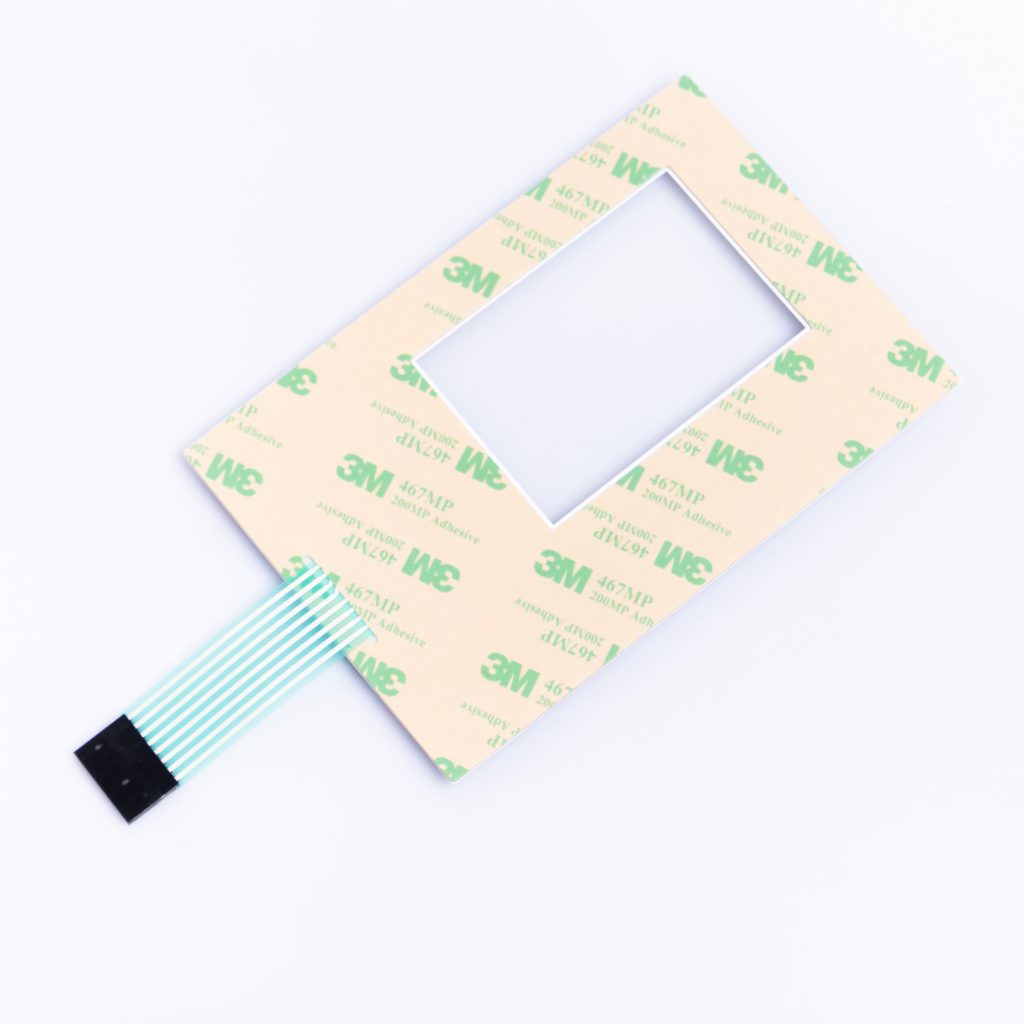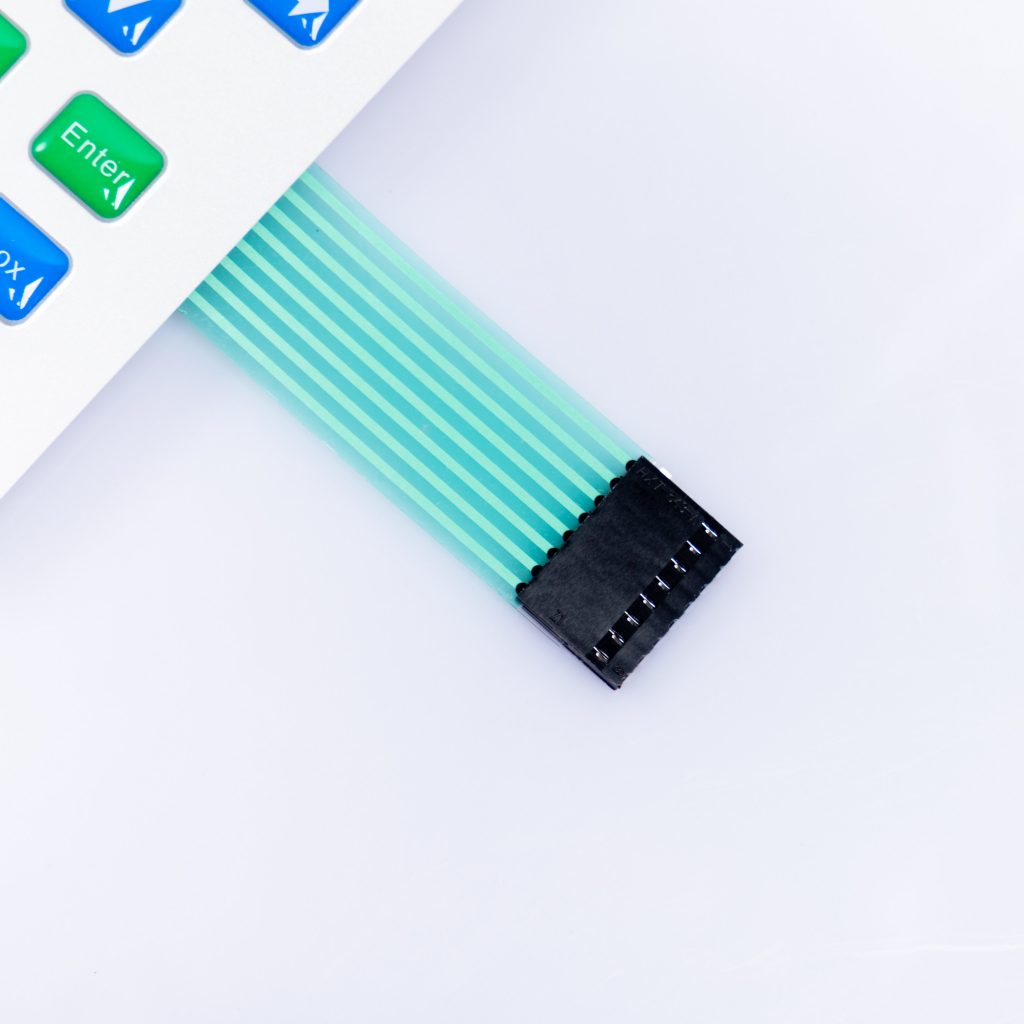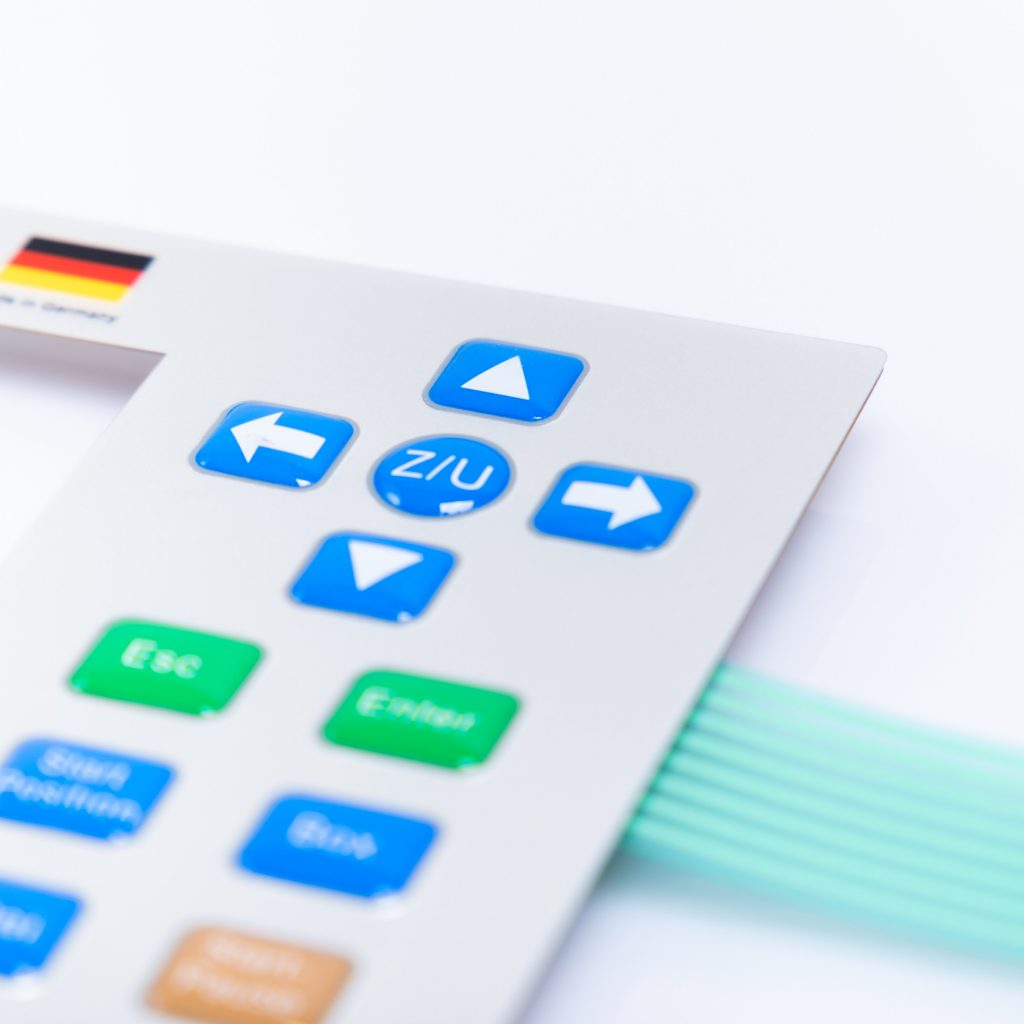Contact
Write to Us And We Would Be Happy to Advise You.
Do you have any questions, or would you like to speak directly with a representative?
By hqt
In the world of electronics, membrane switches are a vital component that plays a crucial role in various devices and equipment. These switches are versatile, reliable, and easy to use, making them a popular choice for industries such as medical, automotive, and industrial control. One of the key factors that determine the performance and durability of a membrane switch is the choice of panel substrate material. In this article, we will explore the different panel substrate material options available for membrane switches and their impact on the switch’s functionality.



Before diving into the material options, it’s essential to understand what a membrane switch is and how it works. A membrane switch is a type of electrical switch that is composed of multiple layers of flexible materials. These layers typically include a graphic overlay, a spacer layer, and a circuit layer. When pressure is applied to the graphic overlay, it makes contact with the circuit layer, completing an electrical circuit and activating the switch.
The panel substrate material is the foundation of a membrane switch. It provides support and stability to the switch and can greatly influence its performance. There are several materials commonly used for panel substrates in membrane switches:
Polyester is one of the most popular choices for panel substrate material. It is known for its durability, flexibility, and resistance to chemicals and moisture. Polyester-based membrane switches are suitable for a wide range of applications, including medical devices and industrial equipment.
Polycarbonate is another commonly used material for membrane switch substrates. It offers excellent optical clarity and is highly resistant to impact and abrasion. Polycarbonate-based switches are often used in applications where visibility and toughness are critical, such as in outdoor equipment and marine electronics.
Polyimide is a high-temperature-resistant material that is often chosen for applications that require exposure to extreme heat. It has excellent electrical insulating properties and can withstand harsh environmental conditions. Polyimide-based membrane switches are commonly used in aerospace and automotive industries.
Aluminum is a sturdy and lightweight material that can be used as a substrate for membrane switches. It provides excellent rigidity and can be an ideal choice for applications that require structural stability, such as control panels in manufacturing facilities.
FR4 is a fiberglass-reinforced epoxy laminate that is commonly used in the production of printed circuit boards (PCBs). It can also be utilized as a substrate material for membrane switches. FR4-based switches offer good electrical insulation and dimensional stability.
Steel is a robust and durable material that can be used in harsh environments. It provides excellent resistance to impact and corrosion. Steel-based membrane switches are often used in industrial settings where ruggedness is essential.
The choice of panel substrate material for a membrane switch is a critical decision that can significantly impact the performance and durability of the switch. Each material option comes with its unique set of characteristics, making it suitable for specific applications. When designing a membrane switch, it’s essential to consider the environmental conditions, tactile feedback, and cost factors to make the right choice.
Now, you have a better understanding of the panel substrate material options for membrane switches. Whether you need a switch for a medical device, automotive control, or industrial equipment, selecting the appropriate material is essential to ensure the switch’s longevity and reliability.
Yes, membrane switches can be used in outdoor applications, but the choice of panel substrate material is crucial. Materials like polycarbonate and aluminum offer excellent durability and resistance to environmental factors.
Yes, you can customize the graphic overlay of a membrane switch to achieve the desired appearance and branding. Different materials for the graphic overlay can be used to create unique designs.
Polyimide-based switches can withstand temperatures ranging from -100°C to 260°C, making them suitable for extreme heat and cold environments.
While steel is a sturdy material, steel-based membrane switches are not excessively heavy. They are still relatively lightweight compared to alternative materials like aluminum.
Do you have any questions, or would you like to speak directly with a representative?